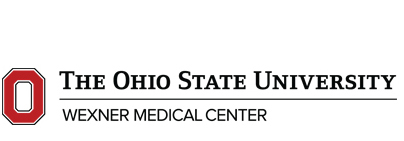
(COLUMBUS, Ohio) – Thanks to the scientific community’s tireless efforts, experts were able to understand how COVID-19 transmits, develop testing methods and roll out a vaccine in record time. But the fight isn’t over. Researchers at The Ohio State University College of Veterinary Medicine have organized a collaborative effort that shifts focus toward identifying future pandemic threats.
“We’re seeing that it’s not good enough to just respond to a pandemic. We need to be prepared for it in terms of strategies and logistics and understand the science behind animal to human and human to animal disease transmission,” said Dr. Vanessa Hale, assistant professor of veterinary preventive medicine at The Ohio State University College of Veterinary Medicine. “We spend a lot of time understanding how the disease transmits within humans, and now we are taking a step back to examine if animals can carry the virus, if they get sick and whether they can reinfect humans. Finding the answers to these questions will help predict and prevent future infections.”
The University-wide program includes veterinarians, microbiologists and epidemiologists. Together, they are testing pets, farm animals and wildlife and examining samples in the lab to identify whether the virus exists in different animal populations and the likelihood that those animals could harbor mutations and potentially pass COVID-19 back to humans in a new form.
“From Denmark and the Netherlands, we’ve learned that mink can get sick and die from COVID, and we’ve also found that they can transmit the virus back to humans, which is a troubling development,” Hale said. “Laboratory studies have also found a handful of other animals that are potentially susceptible and could serve as future hosts.”
This kind of surveillance has been helpful in the past to identify new strains of the flu circulating in animals that could make the jump to humans. COVID-19 surveillance will likely become a long-term part of these preventative efforts to keep the virus at bay and allow the world to continue to move toward a healthier future.







